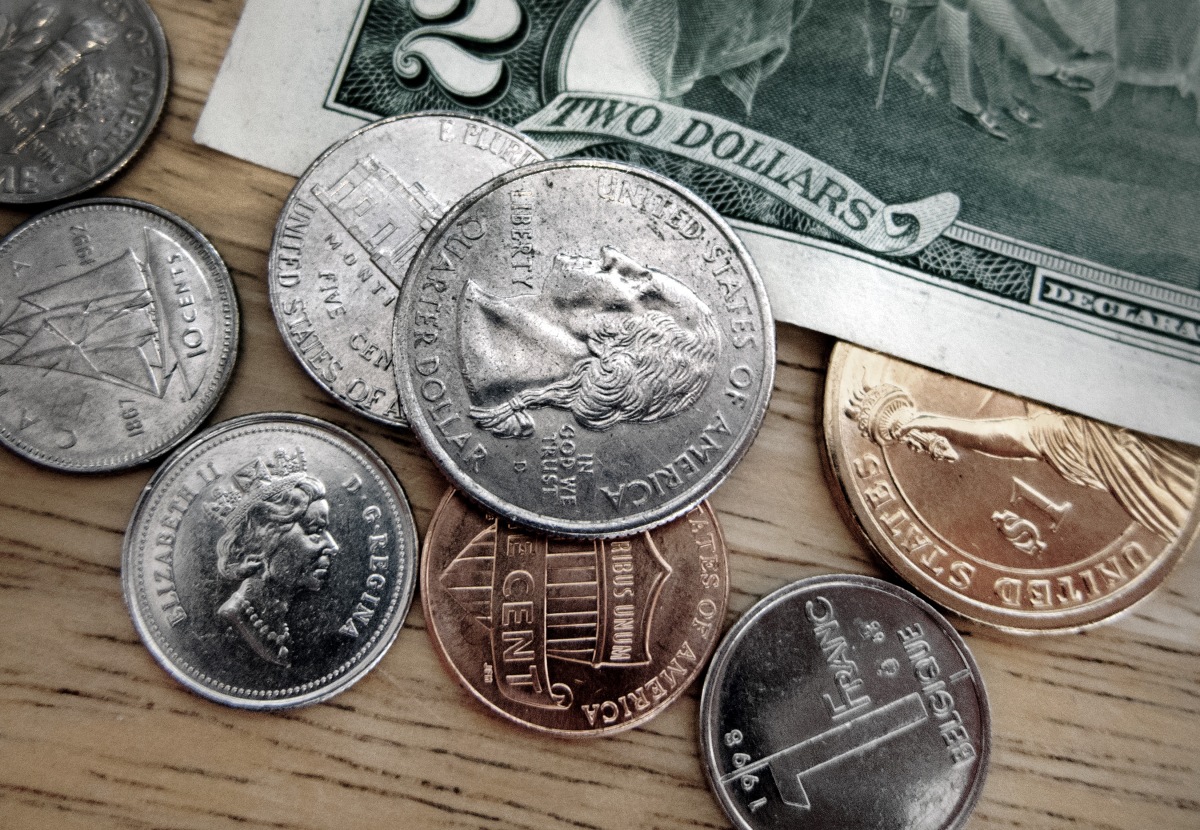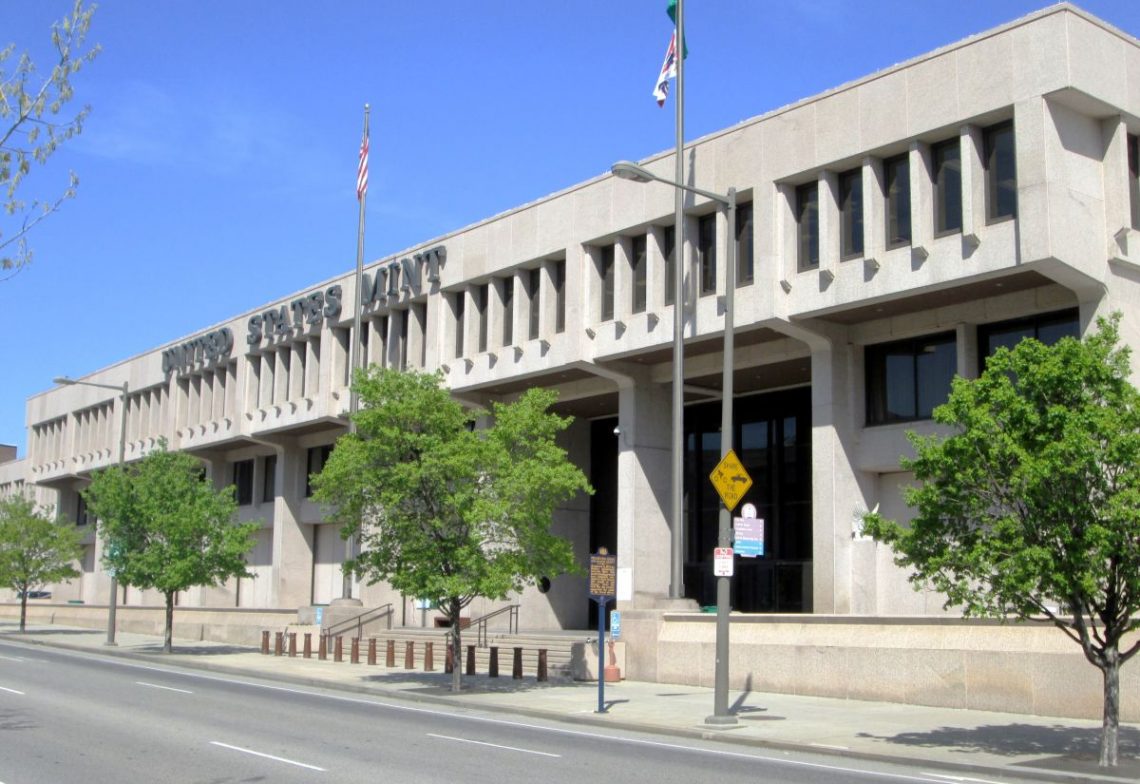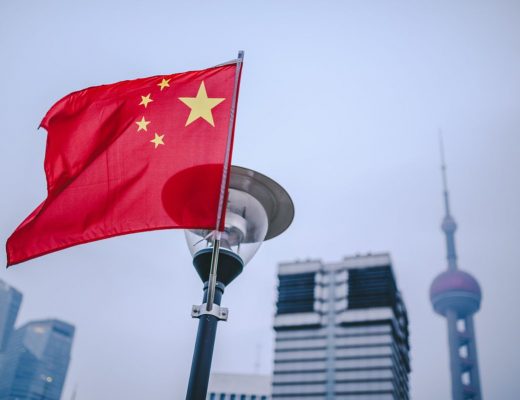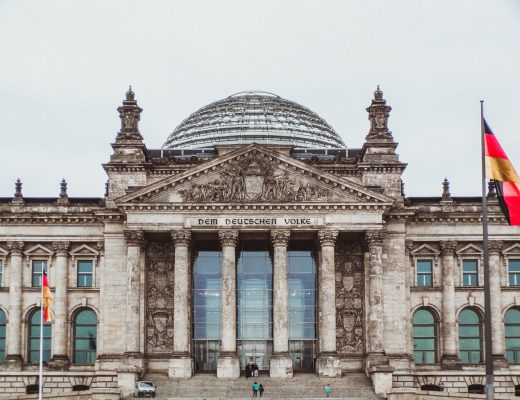U.S. Mint: there is a shortage of coins in circulation
For security reasons, the U.S. Mint has issued recommendations to the public asking them to pay with coins, minimizing the use of paper money. Banknotes can be exchanged at branches or special terminals.
During the Coronavirus pandemic, Americans began to use less paper money for fear of getting infected through it. As a result, most payment transactions began to be made by cashless method. At the same time, people accumulated coins at home and there was a shortage of them in circulation, which negatively affected the country’s financial processes.
This situation affected first of all the representatives of small business. They are limited in carrying out cash payments, as they cannot give change in small money. To help, the Mint urges people to pay in coins and without change.

Last March, during the outbreak of the COVID-19 pandemic, the World Health Organization published recommendations for the public to reduce infection. One of the points was the rejection of cash payments, including credit cards, in favor of contactless transactions. According to information provided by WHO, coronavirus is able to stay on banknotes and remain active for 4 days. On plastic cards, the virus can remain active for up to 9 days. Later, the organization denied this information because it was not clinically confirmed. However, due to public fear and the panic that prevailed around the world at the time, many people switched to the contactless payment method. A sharp increase in this type of payment transactions was seen in Germany and the United States. As a result, there was an accumulation of cash among the population and a decrease in turnover. In order to minimize the risks, in China it was decided to eliminate some of the paper money, which was used in areas of the country, where there was the largest number of illnesses. In Russia, the Central Bank kept banknotes for 2 weeks, and only after this period they returned to circulation.
An interesting situation was observed in Germany. At the beginning of the pandemic, the demand for paper money and coins increased significantly. For example, in March the amount of such funds in circulation increased by almost 100 billion euros. This figure is 8% higher than in previous months. However, after a while, the contactless payment method became more popular among the population, and banknotes and coins settled in people’s homes. Experts say that the demand for paper money at the beginning of the pandemic was connected with panic and uncertainty in the work of banks, so people wanted to withdraw as much cash as possible.










